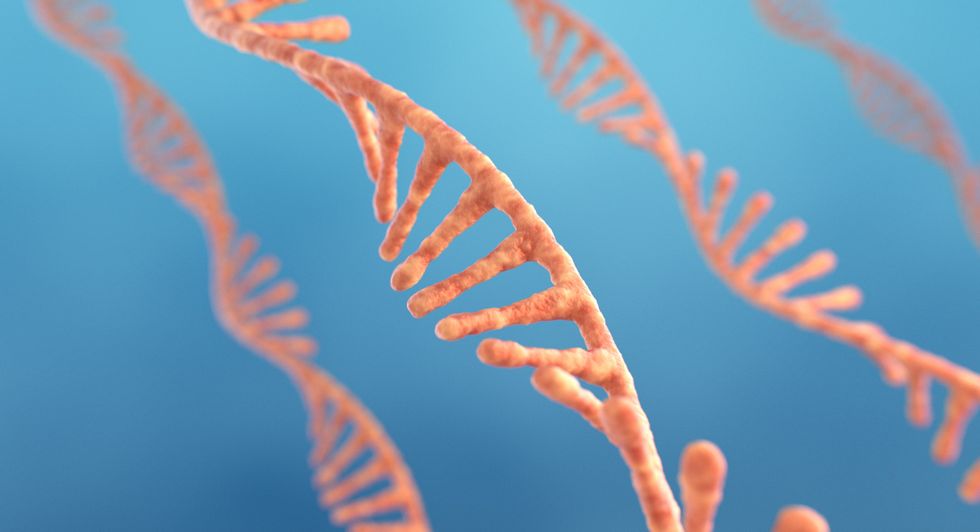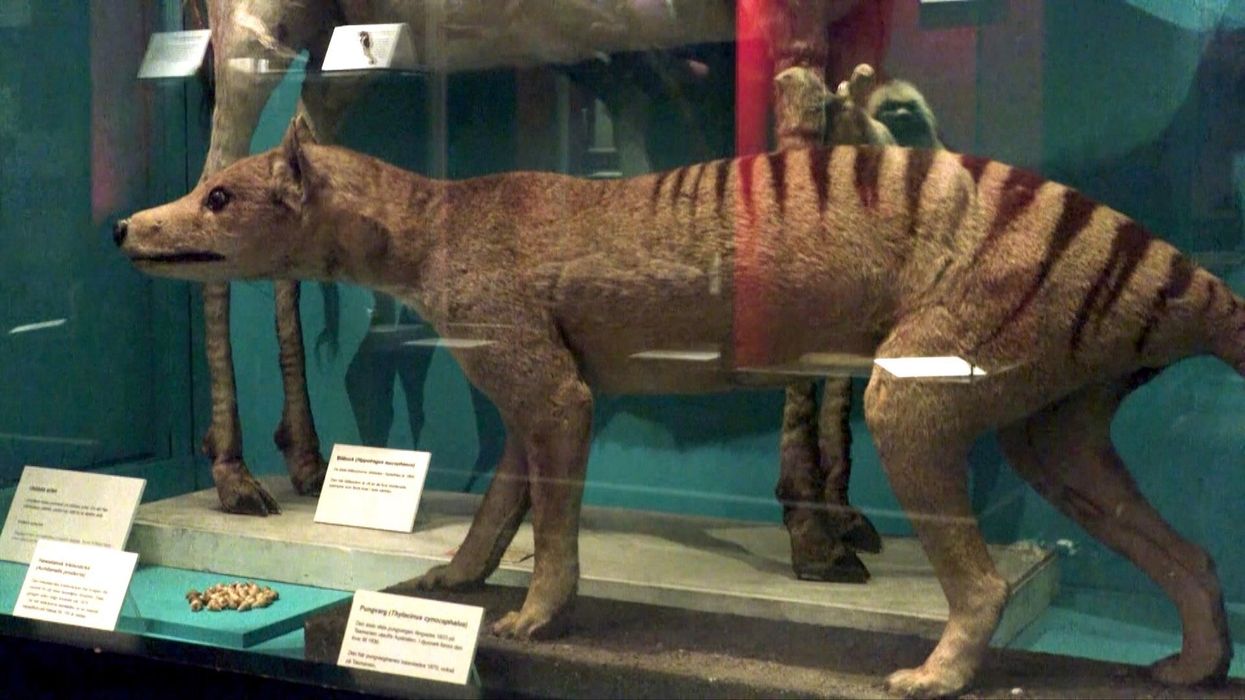Jake Brigstock
Jun 01, 2025
Scientists Extract RNA Sample From Long Extinct Tasmanian tiger In World First
ZMG - Amaze Lab / VideoElephant
Scientists have may have successfully reproduced what's believed to be the first thing that ever lived on Planet Earth.
Scientists believe in the earliest life forms, genetic material would have been carried and replicated by strands of RNA, before DNA and proteins later emerged and took over.
RNA stands for ribonucleic acid. It's a nucleic acid that's found in all living cells and is similarly structured to DNA however RNA is usually single stranded and not double.
Having said that, two RNA strands usually zip up into a double helix and this blocks their replication, meaning reproducing this in a lab setting has proved challenging, according to a release from UCL and the MRC Laboratory of Molecular Biology.
RNA strands are difficult to pull apart and stick back together quickly leaving no time to copy them. However researchers managed to overcome this problem.

Three letter 'triplet' RNA building blocks were used in water by adding acid and heat which separated the double helix, according to a study in Nature Chemistry.
Scientists then neutralised and froze the solution and in the liquid gaps between ice crystals, they saw the triplet building blocks coated the RNA strands which stopped them from zipping back together and allowed them to be replicated.
By then thawing them and beginning this cycle all over again, changes in pH and temperature would could occur in nature allowed the RNA to continually replicate with these strands long enough to have a biological function and play a role in the origin of live.
Lead author Dr James Attwater at the UCL Chemistry and the MRC Laboratory of Molecular Biology said: "Our best guess is that early life was run by RNA molecules. But a big problem for this hypothesis is that we haven't been able to get a molecule of RNA to replicate itself in a way that could have occurred before life began several billion years ago.
"The triplet or three-letter building blocks of RNA we used, called trinucleotides, do not occur in biology today but they allow for much easier replication. The earliest forms of life are likely to have been quite different from any life that we know about.
"The models of biological species we are trying to build need to be simple enough to have emerged from the chemistry of early Earth."
The research team said conditions they created could possibly mimic freshwater ponds or lakes, especially in geothermal environments where heat from inside the Earth has reached the surface, but this replication could not occur in saltwater.
A high concentration of RNA can also occur through evaporation and are unstable at higher temperatures. They're therefore more likely to break down.
Elsewhere from indy100, a 1,700-year-old altar was found in a Mayan City which shouldn't have been there and a computer scientist says humans could 'go backwards in time' in the next four years.
How to join the indy100's free WhatsApp channel
Sign up to our free indy100 weekly newsletter
Have your say in our news democracy. Click the upvote icon at the top of the page to help raise this article through the indy100 rankings.
Top 100
The Conversation (0)














Trump says he’d 'love' to be in the army - but there’s one problem